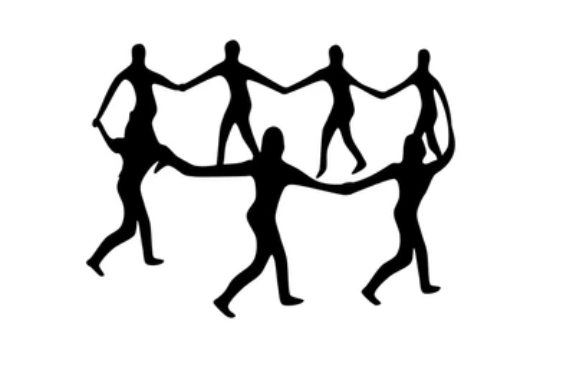Content:

What is Transformation?
robertgass.com
07/05/2011
Surrendering to an irresistible inner urging, one day the caterpillar
begins to shed its skin. Revealed within is the hard protective shell
that becomes the creature’s home, prison and womb for the change
to come. This initiates one of nature’s miracles—the transformation
from an immobile chrysalis whose only defense is camouflage—
to a breathtakingly beautiful winged aviator we call “butterfly.”
This metamorphosis is the classic example of
transformation. Transformation is profound,
fundamental change, altering the very nature
of something. Transformational change is both
radical and sustainable. Something that is
transformed can never go back to exactly what
it was before.
Those of us who work for Progressive social
change believe that our society needs transfor-
mation. We may campaign for specific targets:
more jobs, better education and health care, an
end to racial profiling, particular environmental
protections, etc. But important as these are,
we see them as symptoms of deeper issues:
democracy at risk of corporate domination,
social and economic structures that marginal-
ize entire communities, and a society danger-
ously out of balance with the natural world.
In order to effect social transformation,
many of us perceive that we also need a
transformation in the way we work for change.
While our existing methods of leadership,
institution-building, coalitions, organizing, and
campaigning have yielded important victories
over the years, many social indicators are mov-
ing in the wrong direction. If we simply keep
on doing what we’ve been doing, the truth is
we are not on a trajectory to creating a just
society nor meeting the threats to our environ-
ment. Albert Einstein said, “The definition of
insanity is doing the same thing over and over
again and expecting different results.”